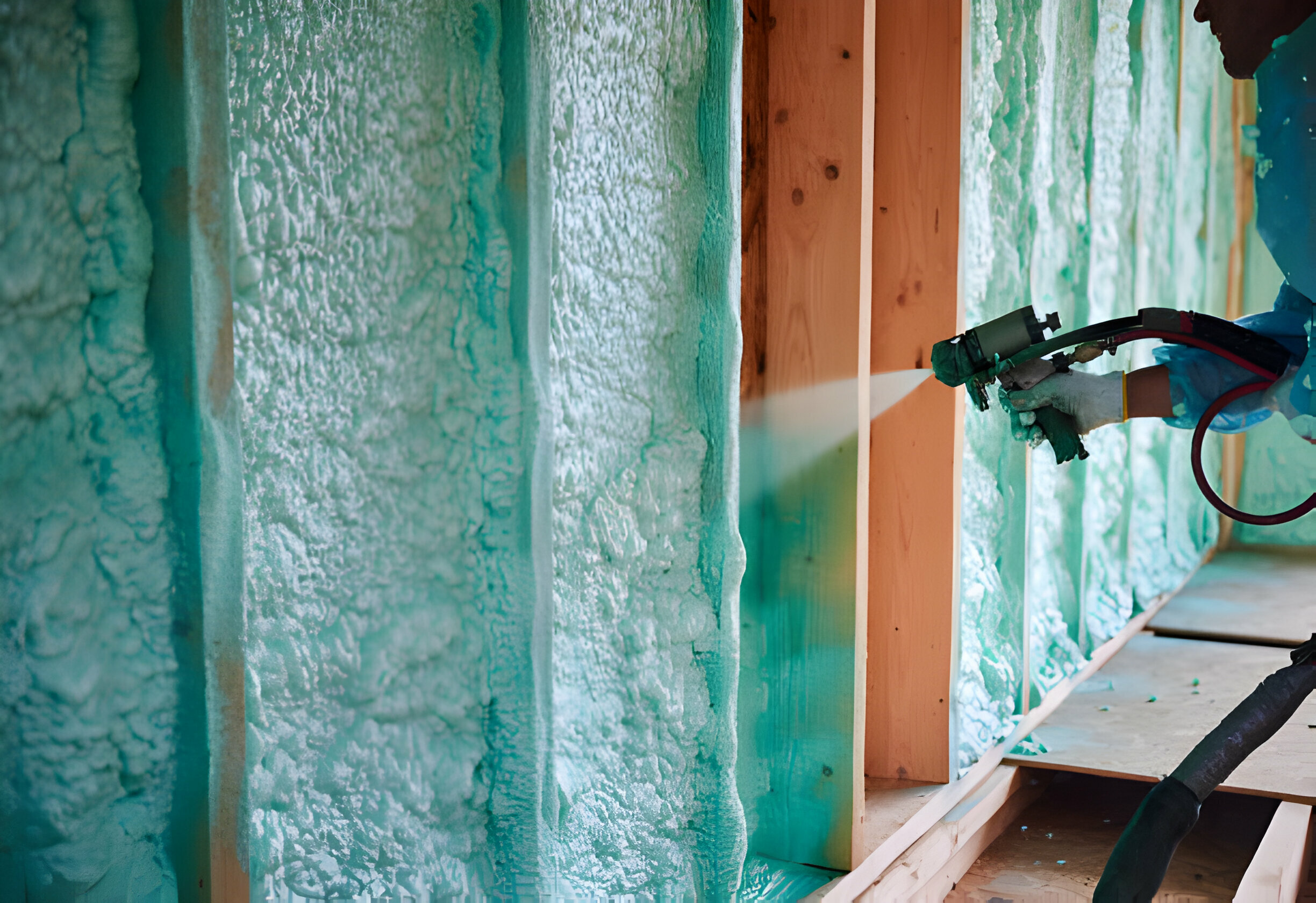
When it comes to insulating your home or commercial space, safety is paramount. One common question that arises regarding insulation materials is whether spray foam insulation is flammable. Let’s delve into this topic to understand the flammability of spray foam insulation and its implications for building safety.
Yes, spray foam insulation can be flammable due to the presence of flammable components in its composition, such as the blowing agent used to create the foam. However, when installed and maintained correctly according to safety guidelines and building codes, the risk of flammability can be effectively managed. It’s essential to understand the fire ratings of spray foam insulation products and follow proper installation practices to ensure safety.
Understanding Spray Foam Insulation
Spray foam insulation is a popular choice for insulating buildings due to its excellent thermal performance and ability to create an airtight seal. It comes in two main types: open-cell and closed-cell. Open-cell spray foam is less dense and allows for more flexibility, while closed-cell spray foam is denser and offers greater structural support.
Flammability of Spray Foam Insulation
Spray foam insulation contains flammable components, primarily the blowing agent used to create the foam. The blowing agent is typically a hydrocarbon-based substance that vaporizes and expands when sprayed onto surfaces, forming the insulation. While the blowing agent evaporates over time, trace amounts may remain within the cured foam.
Fire Safety Considerations
Despite containing flammable components, spray foam insulation can be used safely in buildings when installed and maintained correctly. Building codes and regulations require spray foam insulation to undergo rigorous testing to assess its fire performance and ensure compliance with safety standards.
Fire Ratings
Spray foam insulation products are assigned fire ratings based on their flammability characteristics. These ratings indicate the materials’ resistance to fire and help builders and contractors make informed decisions about their use in different applications. Products with higher fire ratings offer better fire resistance.
Precautions and Best Practices
To mitigate the risk of fire associated with spray foam insulation, it is essential to follow best practices during installation and adhere to safety guidelines. Some key precautions include:
-
Proper Installation: Spray foam insulation should be installed by trained professionals who follow manufacturer guidelines and industry best practices.
-
Fire Barriers: In certain applications, building codes may require the use of fire barriers or thermal barriers to separate spray foam insulation from occupied spaces or other combustible materials.
-
Ventilation: Adequate ventilation is crucial during and after spray foam insulation installation to allow any volatile components to dissipate safely.
-
Sealing: Ensure that any gaps, cracks, or openings in the insulation are properly sealed to prevent the accumulation of flammable gases.
-
Regular Inspection: Periodic inspection and maintenance of spray foam insulation can help identify potential issues and ensure its continued effectiveness and safety.
Is spray foam fire resistant?
Spray foam insulation can have varying degrees of fire resistance depending on its composition and specific formulation. While some types of spray foam insulation may offer certain levels of fire resistance, it’s essential to check the product specifications and fire ratings provided by manufacturers. Additionally, proper installation and adherence to building codes and safety regulations can contribute to enhancing the fire resistance of spray foam insulation. However, it’s crucial to note that no insulation material is entirely fireproof, and all materials should be used in conjunction with other fire safety measures as part of a comprehensive fire protection strategy.
Is spray foam insulation flammable after it dries?
Spray foam insulation typically consists of two components that are mixed during application to form an expanding foam. While the foam is still wet, it may be flammable and should be handled with care around open flames or heat sources. However, once spray foam insulation has fully cured and dried, it generally becomes less flammable. The degree of flammability can vary depending on the specific formulation and manufacturer of the spray foam insulation. It’s essential to follow the manufacturer’s instructions and guidelines for safe installation and use. Additionally, proper ventilation and adherence to building codes and safety regulations are crucial to minimize any fire risk associated with spray foam insulation.
Conclusion
While spray foam insulation can be highly effective for energy efficiency and home comfort, it’s essential to consider its flammability and take appropriate safety measures during installation and use. By understanding fire ratings, following safety precautions, and implementing fire safety tips, homeowners can enjoy the benefits of spray foam insulation with peace of mind.
FAQs
- Is spray foam insulation fireproof?
- No, spray foam insulation is not fireproof, but it can have varying levels of fire resistance depending on its composition and fire rating.
- What are the fire ratings for spray foam insulation?
- Spray foam insulation may have different fire ratings, such as Class 1, Class A, Class B, or Class C, indicating its level of flammability.
- Can spray foam insulation catch fire easily?
- While spray foam insulation is combustible, it typically requires exposure to high temperatures or flames for ignition. Following proper safety measures can help minimize fire risks.
- How can I ensure the safety of spray foam insulation in my home?
- Ensure proper installation by hiring a qualified professional, keep insulation away from heat sources, and regularly inspect for any signs of damage or deterioration.
- Are there alternative insulation materials that are less flammable than spray foam?
- Yes, there are alternative insulation materials available with varying levels of fire resistance, such as fiberglass, cellulose, and mineral wool. It’s essential to consider the specific fire safety requirements and characteristics of each insulation material when choosing the right option for your home.






